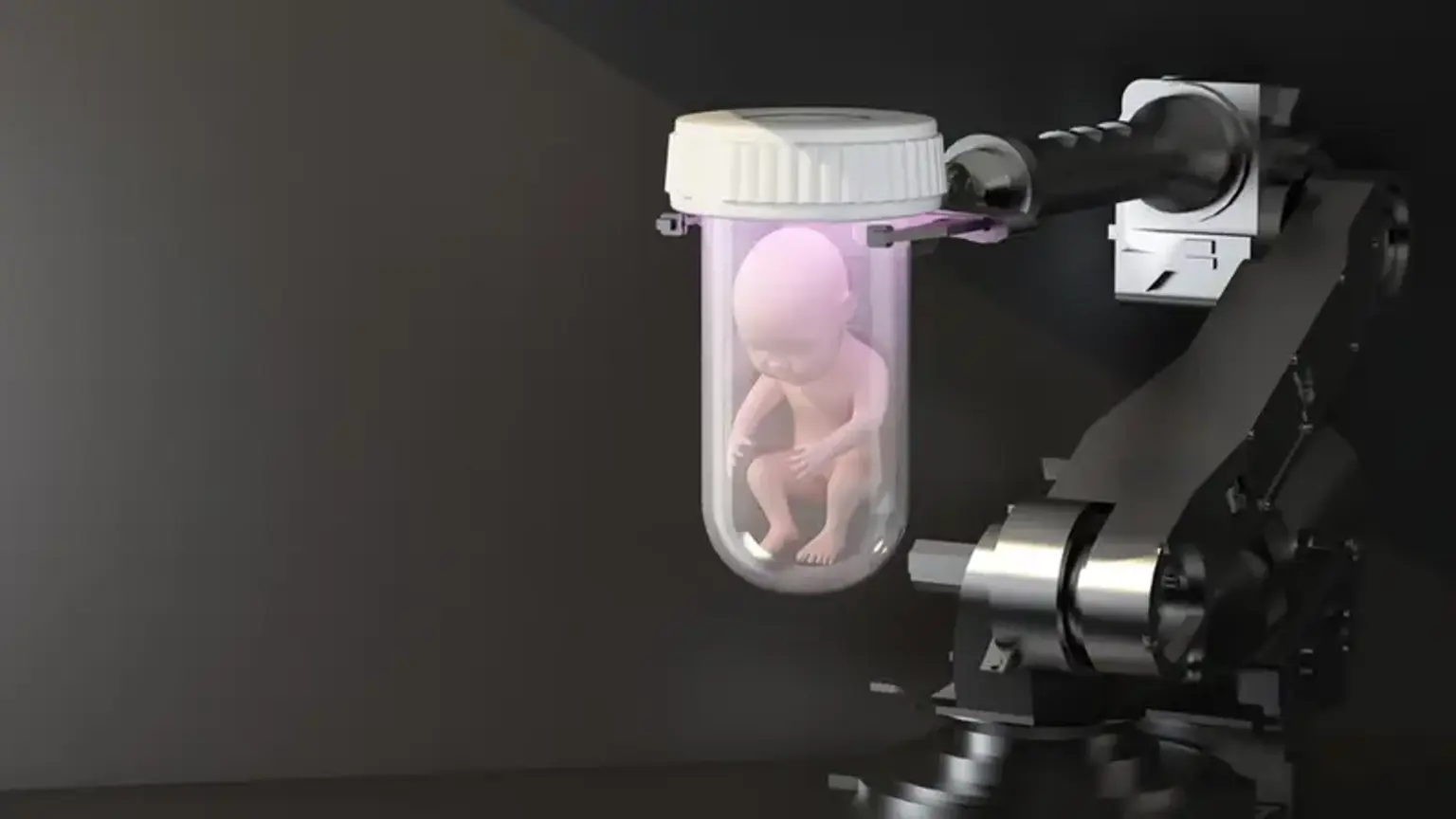FET (Frozen Embryo Transfer)
Presently, every clinic's IVF program must include freezing. Research has shown that embryo transfers performed later in unstimulated cycles rather than immediately after egg collection yield superior results. Clinics all across the US and the rest of the globe are moving toward freezing all embryos and transferring them later after the female partner's body has recovered from stimulation. This is due to improved freezing techniques. This method entails freezing every embryo during an IVF cycle and transferring them one at a time after thawing in subsequent, unstimulated cycles. By minimizing multiple pregnancies, which raise the health risks for both the mother and the unborn baby, the total live birth rates per IVF attempt are maximized.
